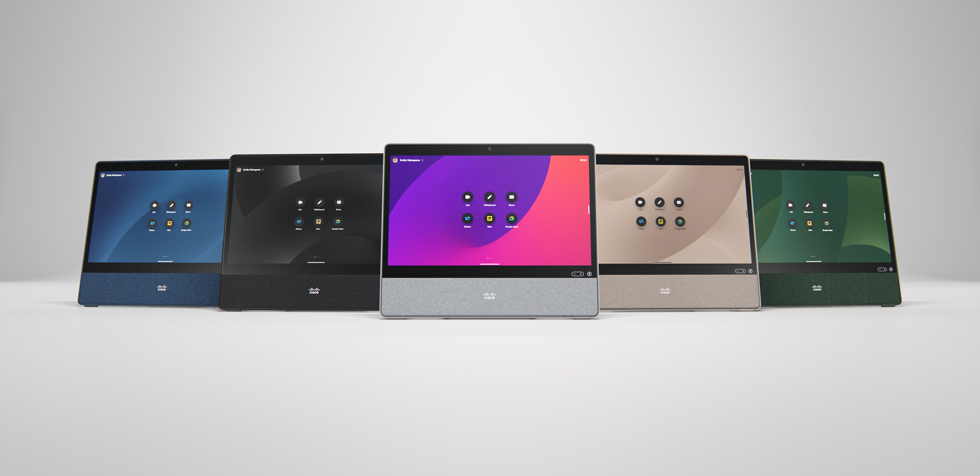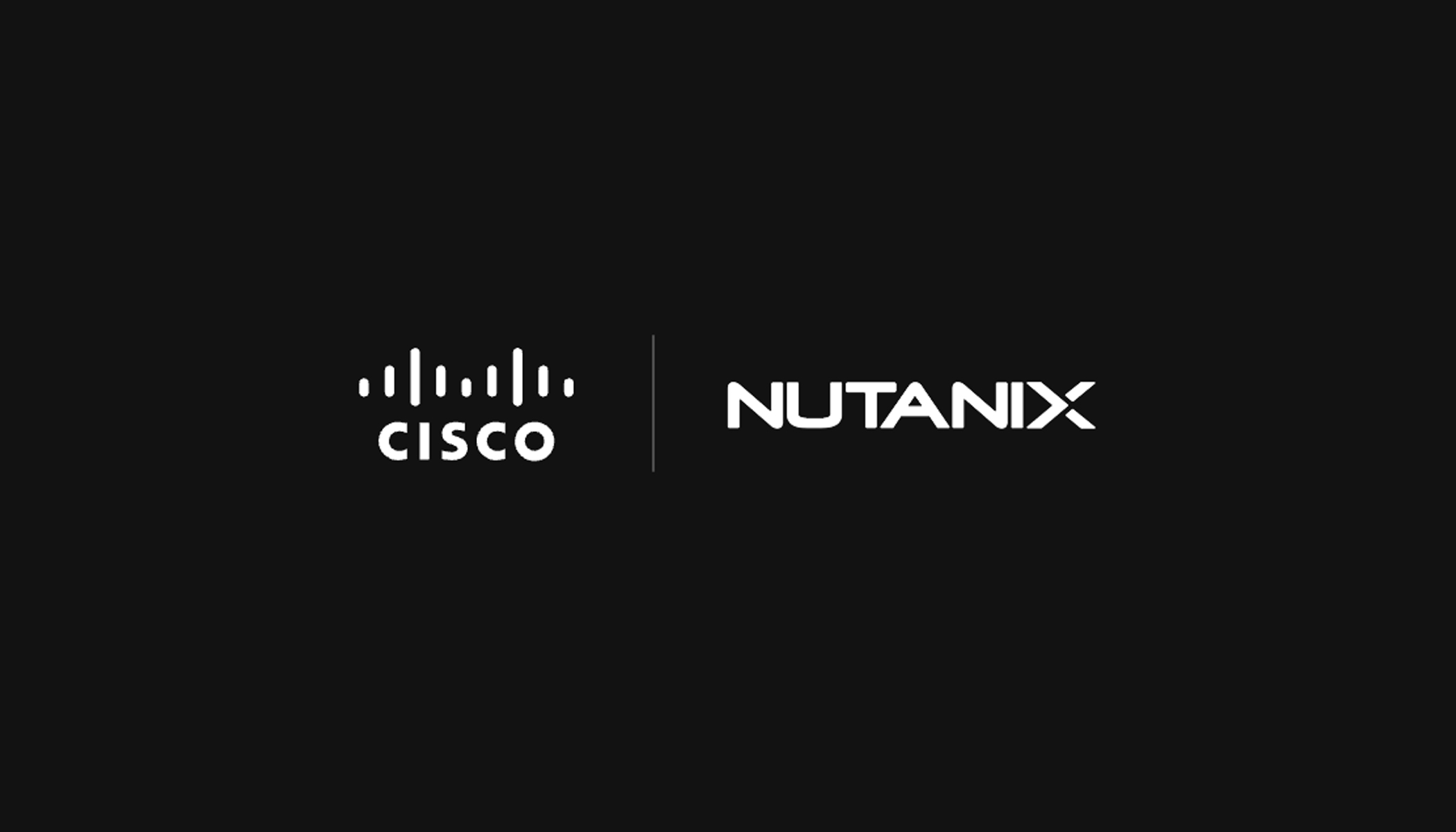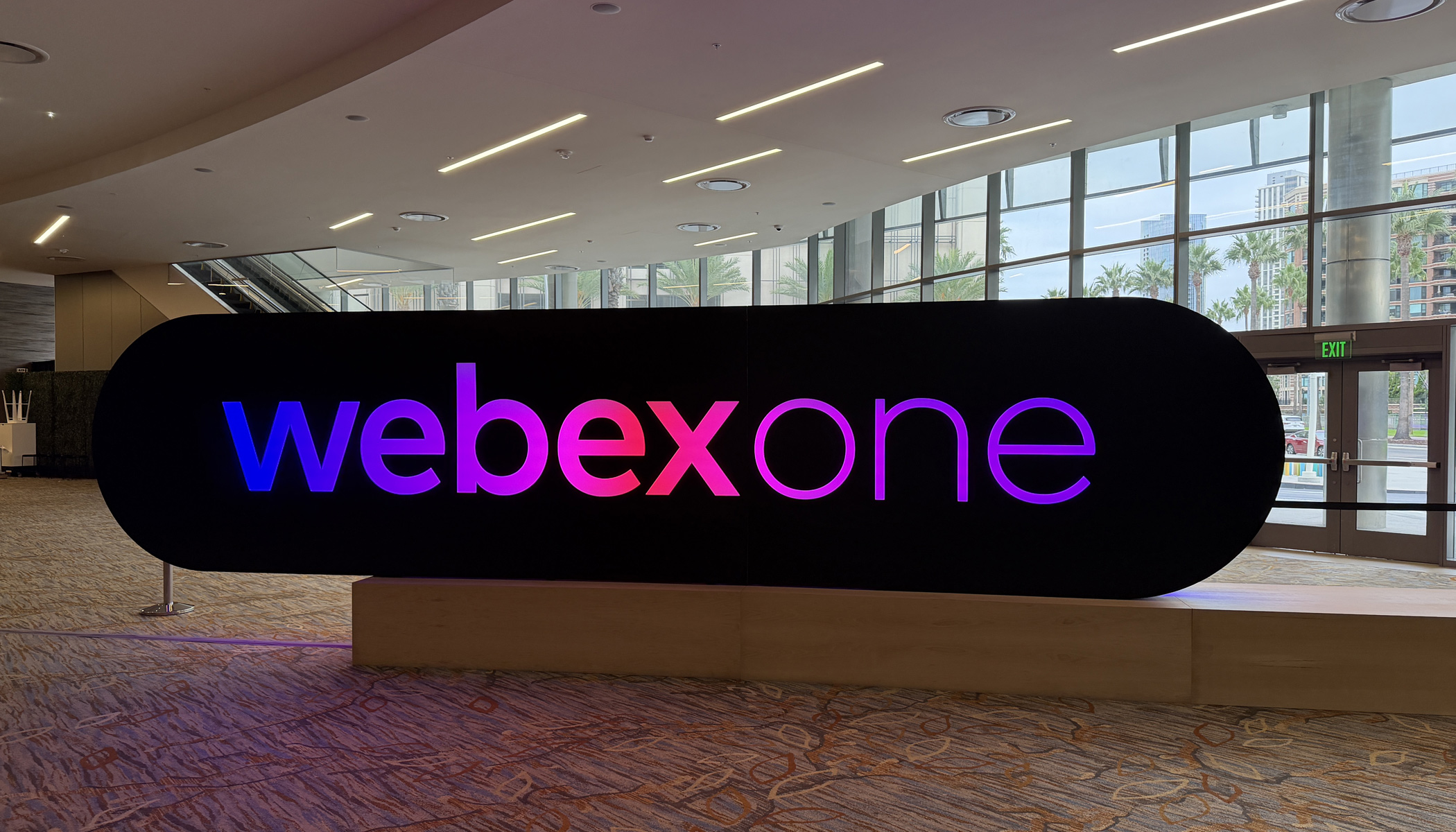What is collaboration?
Summary: Collaboration is more than a buzzword. It’s a vehicle that can lead to the development of life-saving medications and technologies that create a more equitable, habitable planet. But before fully grasping the meaning of the word, we must break down its somewhat ethereal construct. And hopefully in doing so, we will go further than just understanding what collaboration is—we’ll improve how we put it into action.
Contents
- What is collaboration?
- Other common ways to define collaboration
- Collaboration examples are everywhere
- Collaboration types
- Collaboration in the workplace
- Why is collaboration important?
- How to foster collaboration
- The future of collaboration
Collaboration is something we do all the time, often without thinking about what it is or how we can do it better. In this post, we take a step back to refresh our thinking on the fundamentals and provide a glimpse into what the future of collaboration looks like.
***
For an audio experience, there are two options:
***
What is collaboration?
Collaboration is a partnership; a union; the act of producing or making something together. Collaboration can take place between two people or many people, strangers or best friends. To collaborate is to commit to the possibility of producing an outcome greater than one that would be developed in a silo. Really, to accurately define collaboration, you don’t have to think about it too hard.
Other common ways to define collaboration
Take it from good old reliable Merriam-Webster, which defines collaboration as follows: “To work jointly with others or together especially in an intellectual endeavor.” If you Google “what is collaboration,” you get a similar result: “The action of working with someone to produce or create something.”
“Working with someone…” It’s simple enough on the surface. But we want to go deeper. We want to better understand what collaboration means to us on a practical level. To better understand it, let’s look at some real-life examples.
Collaboration examples are everywhere
From the inception of TikTok Mansions to the news of Elton John’s upcoming album “Lockdown Sessions,” which was made in partnership with over 20 artists — including the likes of Dua Lipa and Lil Nas X! — innovative collaborations are as common as public hand sanitizer stations have become in the 2020s.
If you wear makeup and eat food, wear underwear and browse Reddit (here’s a PDF on that), or shop for clothes at Target, your chances of consuming the end result of some kind of collaboration are high. Not to mention if you meet with people virtually for work or social reasons.
But even if we strip away the flashy mainstream collabs, there are more subtle behind-the-scenes partnerships at work too. The END Fund, for example, uses partnerships to bring awareness to global health issues most people would never even know existed otherwise.
Collaboration types
First, there are two forms of collaboration:
- Synchronous: Collaboration that takes place in real-time, whether virtually or in person. There are various ways that a team can collaborate synchronously including through online chat, video conferencing in-person meetings or while live-editing a document or spreadsheet.
- Asynchronous: This form of collaboration doesn’t have to take place in real-time. It can be practiced by adding notes or comments in a document or deck after it has been shared by the creator. This blog post, for example, was created through asynchronous collaboration, with rounds of edits completed at different times. Vidcast, for example, enables asynchronous video collaboration.
And there are different types of collaboration
Collaboration in the workplace can be described in different ways and take different forms. Individual teams can collaborate within their nucleus, but there are also opportunities to sync cross-functionally and across multiple organizations. There is also a question of how open or closed your collaboration circle should be—in other words, how private one should keep their collaborative efforts. Other types of collaboration involve tools that enable and facilitate collaborative efforts. Here are some examples of collaboration at work:
People-focused collaboration types:
- Team collaboration: When a group of people come together to solve a problem or create something together. The team can be formed as a sort of task force to address a specific need, or it may have already been formed as a kind of always-on department.
- Cross-functional collaboration: When different teams within the same company but across different departments come together to execute a large project. Think: Brand Marketing, Digital Marketing, Web and Creative all joining forces to launch a new asset.
- Social collaboration: Also referred to as community collaboration or a form of crowdsourcing, social collaboration can involve perfect strangers teaming up over a shared cause or message. This kind of collaboration can start out small and turn into a viral campaign.
Software collaboration types:
- Contextual collaboration: According to PC Mag, “Contextual collaboration implies an ever-increasing integration of collaborative applications.” It allows a person to switch to a collaborative application when needed the very moment they want to.
- Cloud collaboration: Cloud collaboration is a medium that enables synchronous collaboration to take place while working with virtual teams.
- Virtual collaboration: Due to the hours many of us have spent using video conferencing solutions over the last 18 months or so, many of us are quite familiar with this one. Virtual collaboration can take place in both asynchronous and synchronous settings. It’s collaboration that takes place through the cloud, online or social platforms.
Collaboration in the workplace
In today’s world, productive collaboration is essential. Countless studies point to the links between collaboration and innovation. Now, with so many of us working remotely, and teams spread out across different countries and time zones, collaboration is taking on new dimensions. No matter what your workplace looks like, collaboration can quite literally make or break your business goals. Even if your business involves chickens. Yes, chickens.
In a TEDx Talk from 2015 titled “Cultivating Collaboration: Don’t Be So Defensive!”, Jim Tamm, a former law professor and senior administrative law judge for the state of California, uses chicken egg-laying production habits as a demonstration of what can happen when an environment is not well suited for collaboration. Essentially, the highest producer of eggs is most often in their position because of intimidation and bullying. This causes the other hens to lay fewer eggs and enables the head hen to maintain their position. But there would be more eggs all around if the environment was more “collaborative.”
Take a look at the full video:
Tamm tells the story of an experiment done by a Professor of Genetics at Purdue University, where chickens were separated into two groups, green and red zones. The green zone chickens were the collaborative set, and the red zone chickens were the general aggressors or “head hens.” At the end of one year, the green zone chickens experienced a 260% increase in egg production. On the other hand, many red zone chickens didn’t even survive, as they were eliminated by their fellow red zone hens. Tamm then brings it all home by stressing that defensiveness is a fear-based reaction that can hinder collaboration and ultimately your business goals.
At Webex, collaboration is at our core. It literally is our business. We wake up each day thinking about how we can help teams tap into their collective genius, and we offer a sophisticated combination of hardware and software designed to make the collaboration process as frictionless and impactful as possible.
Whether you are in Education, Healthcare, Agriculture, or Finance, effective collaboration is a stepping-stone to success. I asked the 6th Grade English Language Arts team at South Middle School in Newburgh, NY to define collaboration. Here is how they put it:
“In education, collaboration means exposure. It means that a student will be presented with the perspective, ideas, and questions of many, instead of one. Presenting topics in different ways allows us to foster a learning environment with independent thinking, rigorous goals and curiosity.”
Even that collaboration definition was a collaborative effort. A team of teachers all asynchronously collaborated through a group text message to arise at this definition. Now how’s that for collaboration at work?
Why is collaboration important?
As the group of teachers from above so thoughtfully laid out, the benefits of collaboration are vast. When it’s executed properly, all parties involved will gain exposure to new skills and points of view. You can reach a wider audience. Problems can be solved, and ideas can be brainstormed more quickly and more creatively thanks to the benefits of a cognitively diverse team. Not to mention that effective team collaboration can aid in overall job satisfaction and employee retention in work environments. A 2014 study out of Stanford even found that just the idea of working together with others can motivate an individual to do more.
All that being said, if the thought of people collaborating brings you back to dark memories of dreaded class projects with forced partnerships, you’re not alone.
In fact, Google conducted a study in 2016 dedicated to understanding team effectiveness because these environments can often breed interpersonal issues and cause friction. Yes, collaboration burnout is an actual thing. The Google study was named Project Aristotle as a tribute to Aristotle’s quote, “The whole is greater than the sum of its parts.” As a result of the project, the researchers identified five dynamics of effective teams.
So, what did they discover? What’s the secret to effective collaboration?
How to foster collaboration
The five dynamics of effective teams included, in order of significance:
- Psychological safety
- Dependability
- Structure and clarity
- Meaning
- Impact
Since that Google study, many other workplace resources have revealed similar findings, especially those highlighting the need for psychological safety in our new remote-first world. Beyond establishing an environment of trust and security where an employee is treated as a person and not a number, you can also foster collaboration by:
1. Encouraging the development of collaboration skills
Beyond team dynamics, individuals who are described as effective team collaborators are thought to be well-versed in skills like embracing change and asking for input. There are various collaboration skills and communication tactics that once developed can help bolster overall team effectiveness.
2. Following a collaborative management style
It’s not just about the individuals on the team and the skills they possess, but also about the person who is leading the charge.
Collaborative leadership cannot be overlooked. A collaborative leadership style can look more horizontal in structure than a traditional ladder or top-down hierarchy. But there can still be very collaborative teams that ultimately defer to a leader to define the problem and choose the solution. A leader who embraces this kind of approach will want to share their own professional skills and knowledge and will encourage cross-functional learning for all team members.
3. Equipping your team with collaboration tools
Nothing gets in the way of a productive virtual brainstorm like spotty speaker phone conversations and decks that are too large to load. Luckily, we are living in a digital-first world, so even the classic white board has been adapted to suit virtual teams looking to combine their brainpower. Collaborative tools offer features like noise cancellation and automated gesture recognition to aid in the overall environment for participants.
A few weeks ago we launched a family of new collaboration devices, designed to work wherever you work best. It’s kind of a beautiful family indeed:

4. Participating in virtual meetings as if you were in person
Okay, so this one is remote-work specific. We know that video call fatigue is real. And we also know that your toddler’s happy yelps can sound terrifying to unsuspecting ears, but there are benefits to being as fully present as possible when meeting virtually with your team. It’s been found that having your video on during a meeting can enhance team collaboration.
How do I know if I’m a good collaborator?
Collaboration is more than a buzzword. It’s a vehicle that can lead to the development of life-saving medications and technologies that create a more equitable, habitable planet. Collaboration can provide us with nostalgia-worthy entertainment. It can shape our culture and responses to challenges in our environment.
But how do you know if you’re helping or hindering a collaborative effort?
To start, ask yourself these questions:
- Do you consider yourself part of a team?
- Are you motivated to solve problems and bring a shared understanding to your group?
- Do you consult with others before making a decision?
- Are you willing to negotiate and compromise?
- Do you share ideas and expect others to share theirs?
- Are you open to setting aside your own ideas for someone else’s?
If you—truthfully—answered “Yes” to all the above questions, then it looks like you have the instincts of a good collaborative partner. And if you answered, “No” to one, or a few, take it as an opportunity to be more self-aware of the areas you can personally improve. And keep in mind that leaning into your teammates’ understanding and perspective can ultimately help your personal goals too. That mindset is foundational. As Ayn Rand, famed Russian American writer and philosopher, put it: “One way people pursue their rational self-interest is by building strong relationships with other people.”
The future of collaboration
Effective teams are the engine of innovative strategies and solutions. Humans went to space because of collaboration. Life-saving vaccines have been created because of the coming together of multiple minds, including minds across generations. The device you are reading this from is a result of collaboration, as are all the products we use that move through the seemingly infinite array of collaborative efforts it takes to make a global supply chain function.
Building an effective team is surely a task within itself, but so is maintaining one. As industries and technology continue to evolve so will our methods for communicating and collaborating.
Here at Webex, we don’t think work will be like it was pre-2020. Our research found that 57% expect to be in the office 10 days or less each month. And 98% believe future meetings will include remote participants. Hybrid work is the future for many people, companies and industries, and we are radically focused on building the world’s greatest solutions for the evolving nature of workplace collaboration.
As writer and social activist Helen Keller wrote: “Alone we can do so little; together we can do so much.” May we carry that quote as a torch as we navigate the future of work, together.
“What is Collaboration” audio rendering with captions:
More tips for effective team collaboration:









